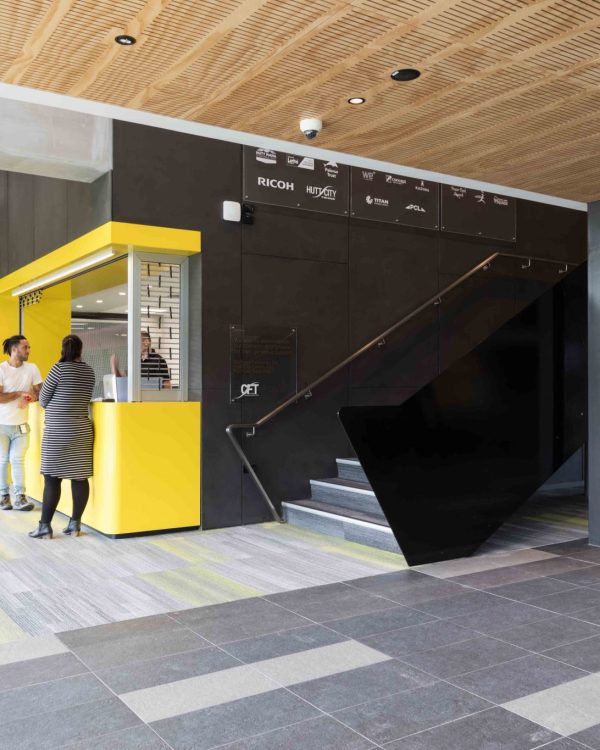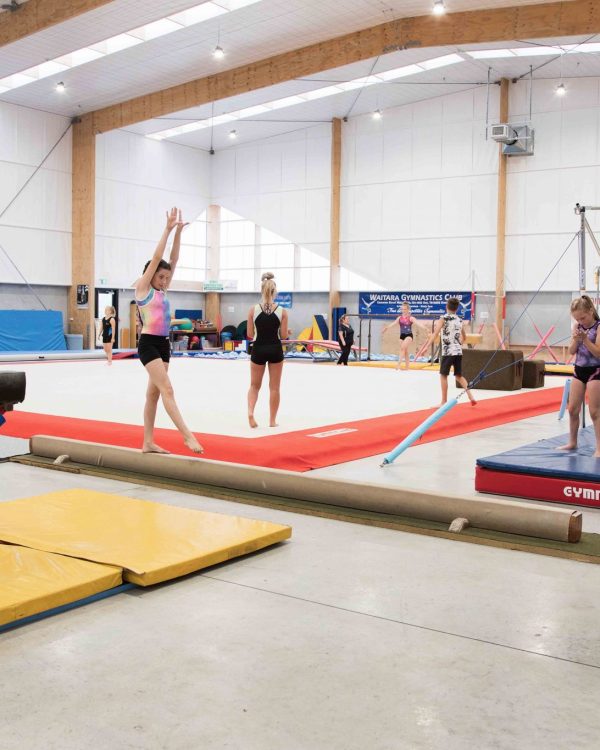There is nothing quite as quintessentially Kiwi as bringing together communities through sport.
However, throughout the country sports associations and clubs are struggling with a lack of funding, decreasing membership and fewer volunteers which is making the maintenance of sports infrastructure let alone any growth in grass roots level sport increasingly difficult to manage.
Over our 40 years of experience we have seen traditional local sports clubs and association models shift toward collective spaces. Beyond the building itself, this brings together communities, across generations and locale. This has empowered communities by providing a key base, where people come to meet, to socialise, stay active and stay connected.
Community multisport hubs are characterised by the co-location of sports facilities and services with revenue streams alongside those sports facilities, which form the heart of infrastructure developments.
Through our experience with multisport, leisure and community hubs across the country, we have found that when executed with a pragmatic approach the hub model achieves a number of key benefits in supporting clubs and the wider community by making it easier for clubs and associations to:
+ Attract new members
+ Offer new programs
+ Control operational costs by pooling resources
Often concerns over budget, design and occupancy can stifle development of hubs. Early engagement and consultation is key in process and sets a standard for development. Needs analysis is the first step and by establishing a benchmark, it determines existing community partner expectations as well as potential commercial partner expectations. It sets a base for feasibility assessment of all possible expectations.
It is said that once complete post occupancy operational quality of multisport hubs is heavily influenced by early decisions, and that is why it is key to engage with all potential community and commercial partners early.
What then takes a multisport hub from plans to development is proving its’ feasibility with an achievable funding model and detailed business case. Gaining firm buy in by key stakeholders aids development momentum, and in order to hold or increase each stake, the business case needs to stack up by limiting assumptions and aspiration.
There are a number of funding models that are used to deliver community leisure projects. Often a combination of these models is seen to achieve greatest success; Models include,
+ Co-Design, Co-Invest, Co-Deliver
+ External Funding
+ Management Investor options
+ Public/ Private Partnerships
+ Specialist Corporate Interest
+ Social Enterprise
+ Partner Programming
+ Philanthropic Potential
Although there is a uniqueness to every community hub, there are some key success factors that were found to be consistent across all hubs. Having a face of the hub, creating community leadership and ownership, breaking down the barrier of lack of confidence and vulnerability, presence of professional expertise, pushing for awareness and endorsement, consistency and creation of welcome and safe spaces have all been identified as factors common to hubs that are critical for success.


Images: Hubs successfully developed/in development with BOON as lead consultant; Clifton Park – Waitara, Solid Energy Events Centre – Westport , Westland Rec Centre – Greymouth, Rotorua Events Centre, Te Awamutu Events Centre, Rototuna Community Hub – Hamilton, Fraser Park – Lower Hutt